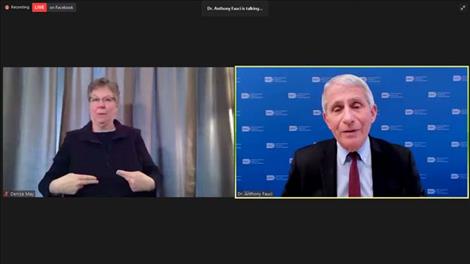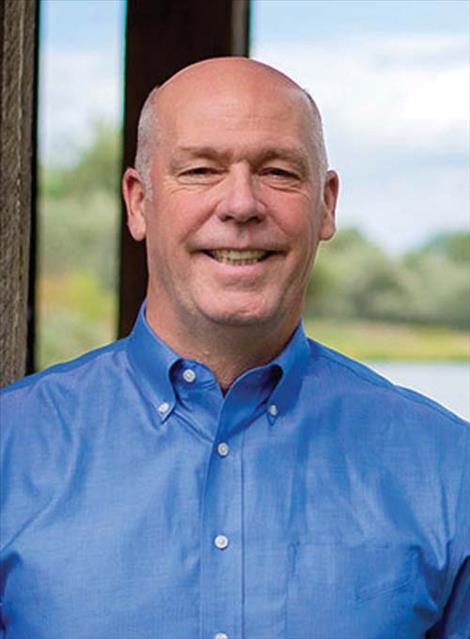Anticipating normalcy — but not yet
Gov. Greg Gianforte and Dr. Anthony Fauci address Montanans at length — and separately — about the COVID-19 vaccine roll out
Keep Reading!
You’ve reached the limit of 3 free articles - but don’t let that stop you.

















